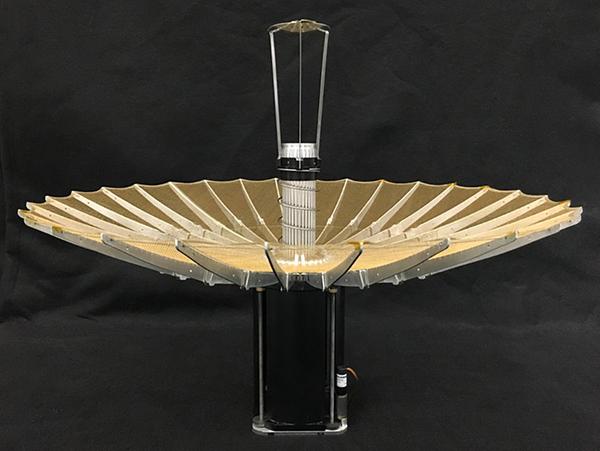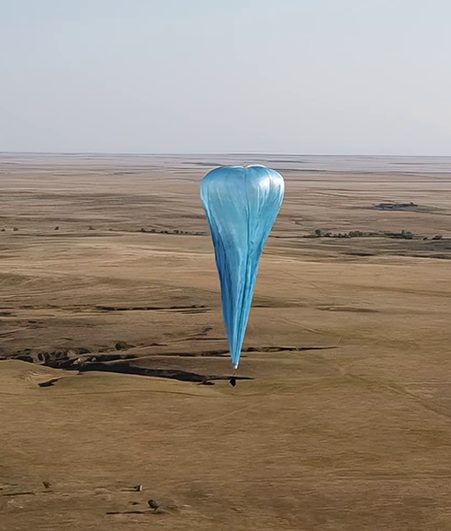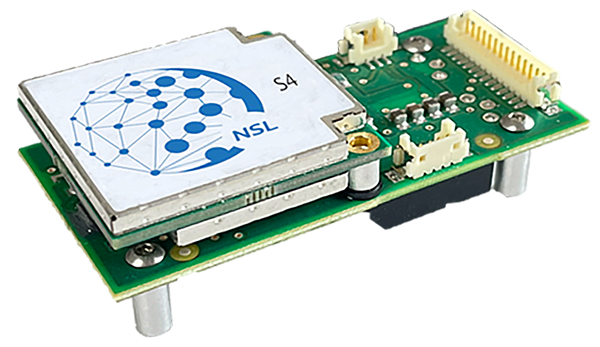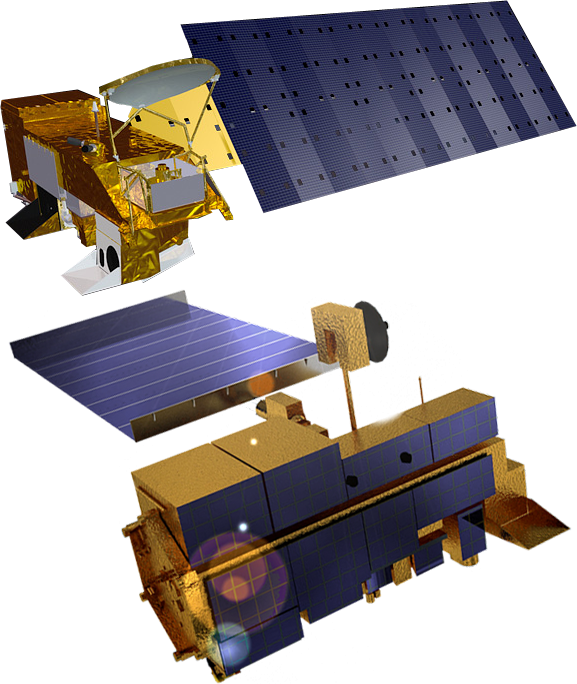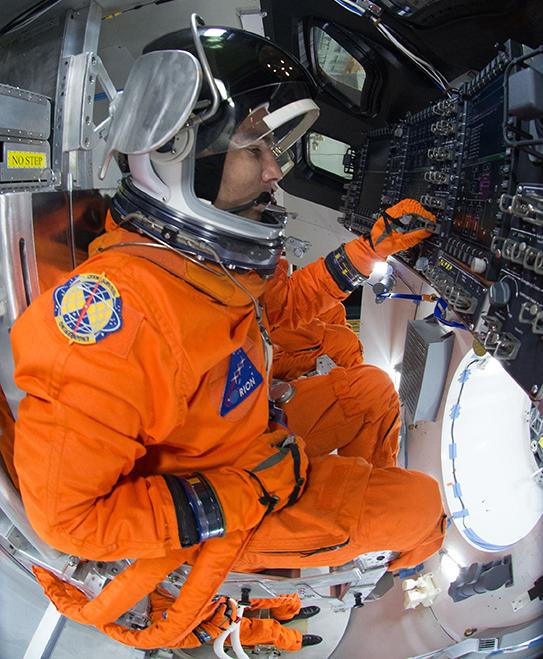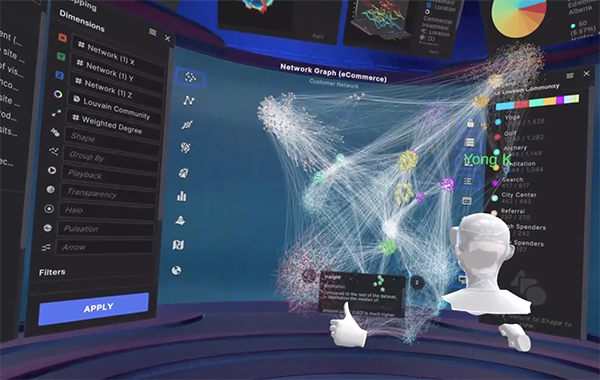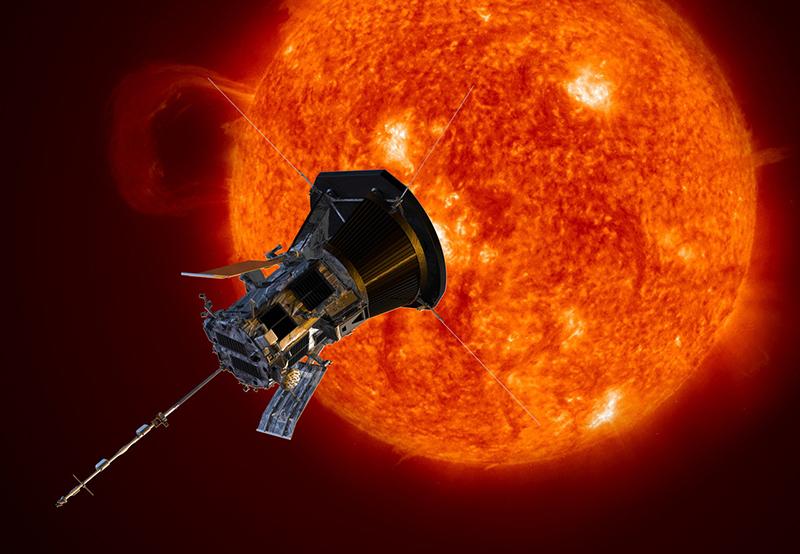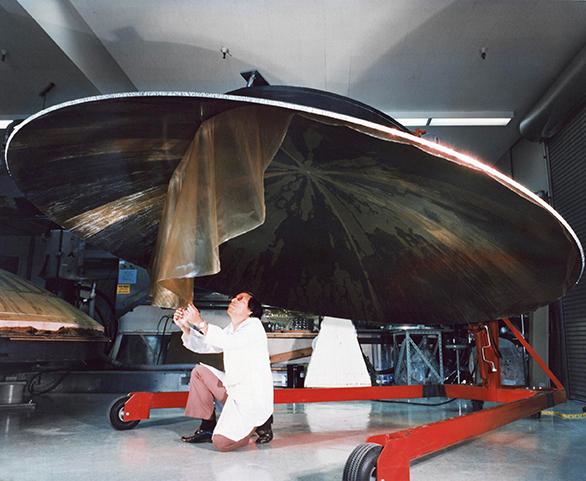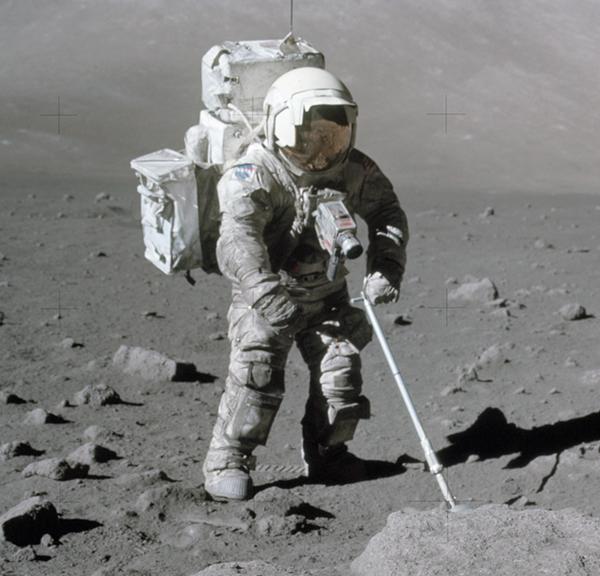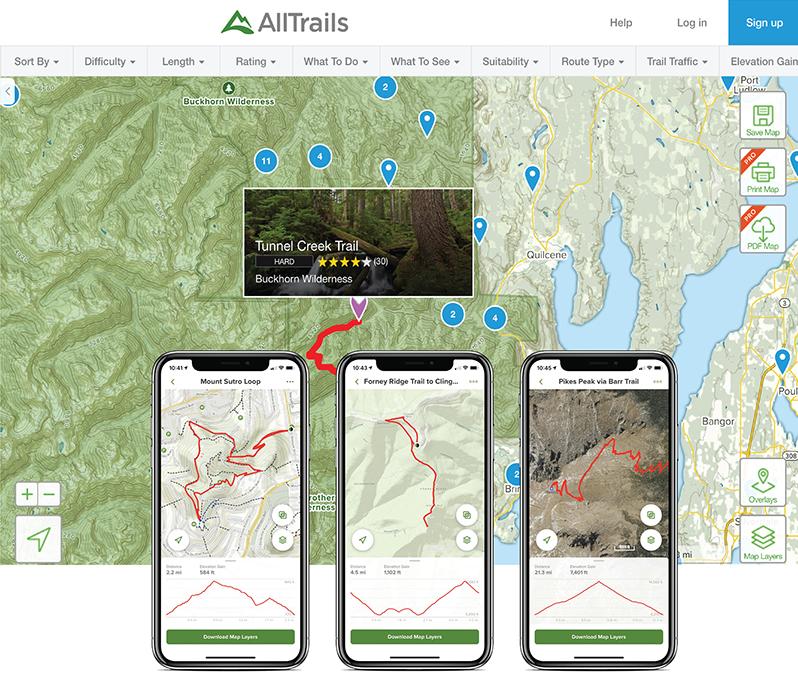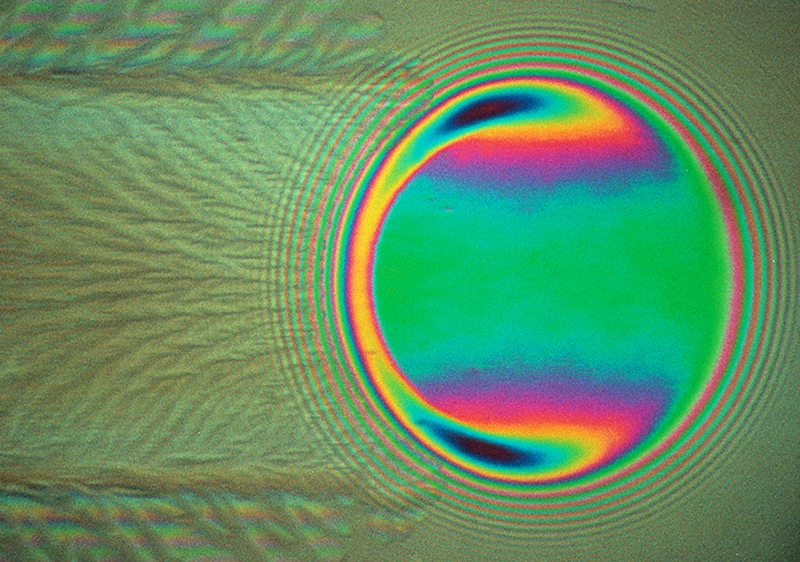
Smart Test Machines
Be it the whine of a race car or the roar from a space shuttle liftoff, also at work is the meshing of materials running at high-speed, under intense pressure and high heat loads. By using lubricants, the inner-workings of such engines can be protected from excessive wear and tear.
For years, Vern Wedeven had been steadfast in his pursuit of "smart" test machines, computer-aided equipment that could mimic the tortuous conditions that bearing and gear hardware undergo. Making the task even more difficult was developing ways to simulate high stress contacts between materials, not on a macro-scale, but down to microscopic level.
Wedeven formerly worked for NASA Lewis Research Center where he carried out studies in bearing lubrication for aerospace products. During his NASA years from the 1970s into the early 1980s, the materials engineer initiated an "Interdisciplinary Collaboration in Tribology" (ICT). Tribology is the science of lubrication and friction between material surfaces in motion.
The effort involved NASA, some six universities and several university professors. Central to the ICT program was crossing the discipline barriers between chemistry, material science, surface physics, engineering design and application. Wedeven's ICT initiative, in fact, linked the tribology disciplines of chemistry, mechanics and materials parts for application to advanced aeropropulsion systems.
This NASA-sponsored ICT work provided the foundation for Wedeven in 1983 to form his own company, Wedeven Associates, Inc., of Edgmont, Pennsylvania. The small firm is now blazing new trails to provide industry with a quick-response problem solving ability and a more proficient means to get tribology into the marketplace.
The company's first smart machine was called WAM1, for Wedeven Associates Machine, version one. While WAM1 would be judged as crude by today's standards, it proved indispensable in characterizing oil quality, matching that value with performance levels in lubricating bearings and gears.
A later variant was the WAM3. This smart machine was tapped by NASA to help increase the life of turbo pump bearings in the space shuttle's main engine. Those bearings were failing while liquid oxygen, maintained at-293 degrees, was being pumped through the engine at speeds comparable to emptying an average swimming pool in just four minutes. Utilizing the WAM3 machine, lubrication improvements and ways to enhance the durability of the shuttle's turbopump bearings have been realized.
Given the rapid growth in computer software and hardware, Wedeven Associates is hard at work on a WAM4 smart machine. This computer-controlled device can provide detailed glimpses at gear and bearing points of contact. WAM4 can yield a three-dimensional view of machinery as an operator adds "what-if" thermal and lubricant conditions, contact stress, and surface motions. The company expects to be issued a patent for both the machine and test method by summer of 1997.
Along with NASA, numbers of firms, including Pratt & Whitney, Caterpillar Tractor, Exxon, and Chevron have approached Wedeven for help on resolving lubrication problems.
While Wedeven and his associates have been building their smart test machines, other benefits have evolved. The company discovered the concept of vapor/condensation lubrication, for instance. This type of lubrication would permit a bearing to function in a severe environment with only a small quantity of liquid lubrication. New methods to screen oils for fuel efficiency and useful life are also being established. Lubricants that work over a wide temperature range have been developed.
This research could well spark a new generation of commercially-available, environmentally friendly, energy efficient engines of the future.
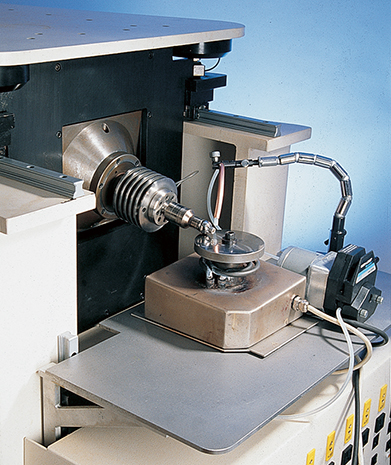
Wedeven Associates developed the WAM4, a computer-aided "smart" test machine for simulating stress on equipment, based on the company president's bearing lubrication expertise gained while working for NASA.

The WAM4 shows the pattern of interference fringes of contact in oil as pressure is applied during a test. Products tested using the WAM4 include Pratt-Whitney jet engine cages and bearings, and gears used in NASCAR racing.




